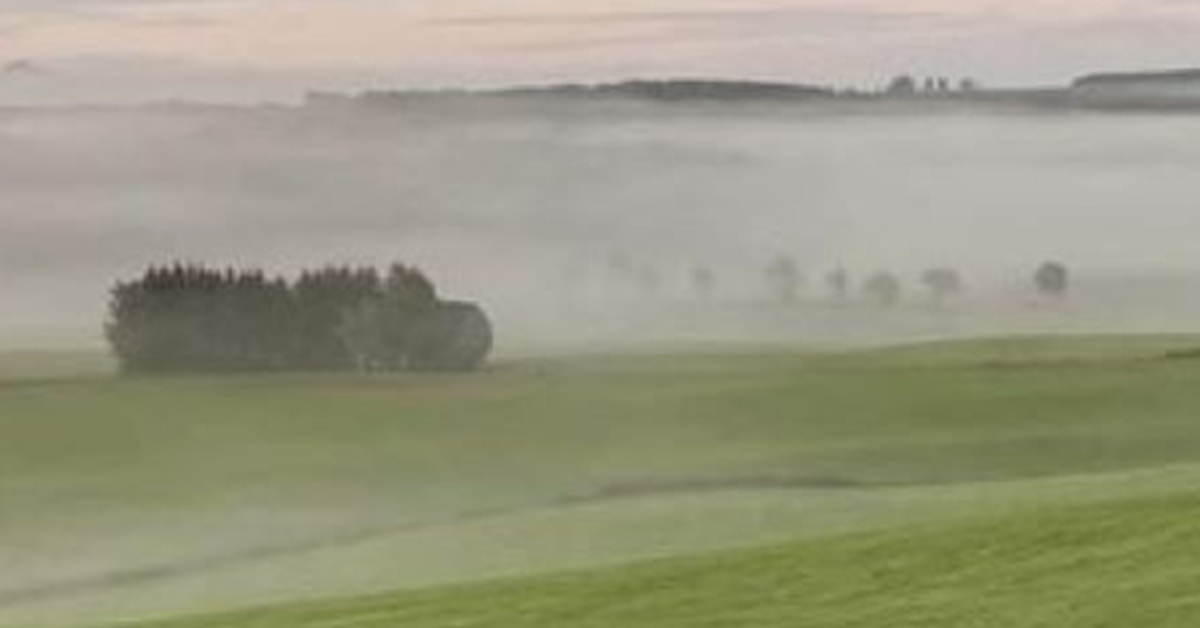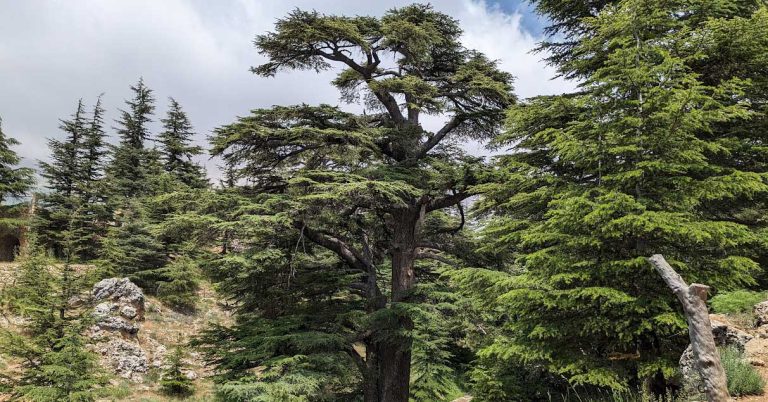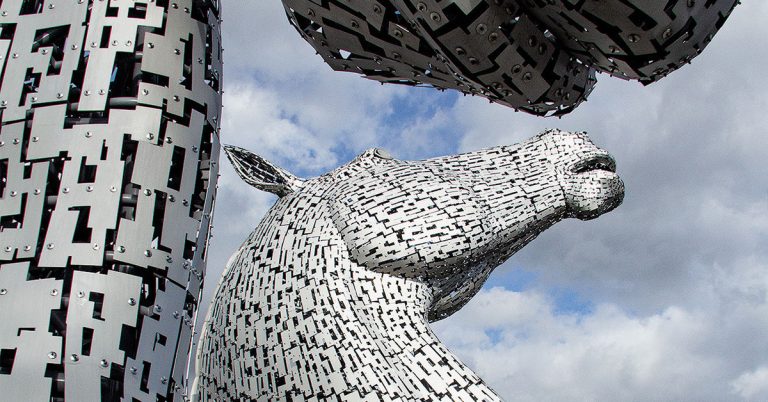
by W.R.B. Cunninghame Graham
Header image: “Mist in Menteith” by Gerry McGarvey, used by permission.
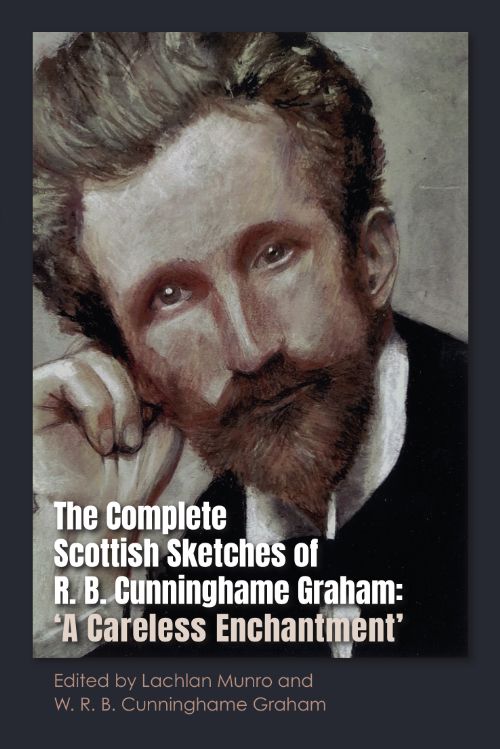
Presents and sets in context all of Cunninghame Graham’s Scottish works, transcribed from their original sources.
Who was R. B. Cunninghame Graham?
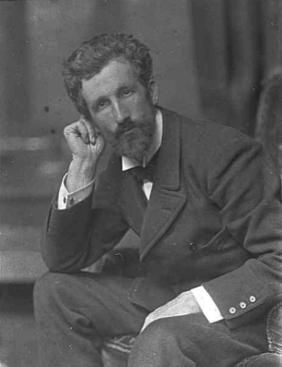
In addition to being an author of over 40 books and more than 100 articles, he was a Scottish landowner, a traveller, a gaucho and a politician, who co-founded the Scottish Parliamentary Labour Party with Keir Hardie and the National Party for Scotland.
In his day, Cunninghame Graham was one of the best-known personalities. As an author, he was greatly admired by other well-known writers such as Joseph Conrad, George Bernard Shaw, John Galsworthy, Ford Madox Ford and Hugh McDiarmid. By the time of his death, his style had gone out of fashion and he was quickly forgotten. That said, John Walker, who edited three volumes of his sketches in the 1980s, believed that his ‘sketches had an eternal quality.’
Moreover, Chris Dolan, a Scottish writer, contends that Cunninghame Graham’s writings ‘sound relevant to the 21st century.’
What makes his literary style unique?
Cunninghame Graham always claimed that his writings were autobiographical and that he wrote, not to please his audience, but to please himself. This is reflected in his choice of themes, his peppering the text with obscure references, proverbs and foreign words (which are all explained in the footnotes).
On the one hand, his style shows the influence of Maupassant, and to a lesser extent, Turgenev, fitting comfortably into the category of late 19th-century literature. On the other hand, the heterogeneity of style in these pieces makes them difficult to define. They can contain elements of sketches, short stories and even essays, through which they move seamlessly, even within the same work.
Occasionally, his writing can be a little difficult, but persistence rewards the reader with little gems; gems which Frederick Watson called the ‘phrase that bites the mind and haunts the memory.’ T.E. Lawrence (of Arabia) described the sketches as ‘…snapshots – the best verbal snapshots ever taken.’
Haven’t his Scottish Sketches been published before?
Cunninghame Graham and Edward Garnett published a collection entitled Scottish Stories in 1914. Professor John Walker published a thematic selection of the Scottish Sketches in 1982. However, both have long been out of print.
What makes this book different from the previous selections?
Four things.
First, the approach of the editors is from an historical perspective. The sketches are treated as a social history of a sector of Scottish society no one else was recording. They portray a variety of rural characters, their landscapes (which are now largely lost) and a way of life that has all but gone.
Second, this is the first time that there has been a complete collection of the Scottish sketches. It is the only collection to have been published in chronological order. This permits the reader to follow Cunninghame Graham’s development as a writer and to observe the consistency of his themes throughout his life.
Third, it is unique in having sourced the sketches from the original publications rather than from later versions published in anthologies. As, in some cases, there are significant differences between them. This new collection allows scholars to compare the original texts against later ones.
Fourth, almost every location in the sketches has been investigated, and local knowledge sought, lending depth and substance to the commentaries.
Who is the book for?
The book is intended for a variety of readers.
The academic rigour makes it suitable for scholars specialising in Scottish Literature or Scottish Social History. The introductions and the copious footnotes make it also suitable for students, or the general reader who want an introduction to Cunninghame Graham and his writings. Its recent release in paperback makes this now viable.
Do you have a favourite sketch?
It is very hard to choose. Should I select A Braw Day, in which Cunninghame Graham relives his last day at his beloved Gartmore, which is deeply meaningful to me? Or the quirky At The Ward Toll, in which he converses with a Spanish sailor who has emerged from the mist? Or Christie Christison with its ‘tale within a tale’ told in broad Scots by an immigrant who has spent many years in Argentina? All are among my personal favourites.
What is next?
Personally, I would really like to put together a collection of his forewords, prefaces and introductions. His output was so prolific that G. K. Chesterton, in jest, dubbed him ‘The Prince of Preface Writers.’ It may seem an odd choice for a volume. But these works, rather than being mere formalities, were often in the form of insightful essays or eloquent sketches which can stand alone and provide an enjoyable read.
About the authors of the book
Lachlan Munro is an Independent Scholar and Freelance Historian. Born and brought up in Stirlingshire, he holds first class honours degrees in History and Politics, and a PhD in History from the University of Glasgow. He was previously a Research Fellow at The National Library of Scotland. He was shortlisted for the Saltire Society ‘History Book of the Year’ in 2022 for his book, R. B. Cunninghame Graham and Scotland: Party, Prose, and Political Aesthetic.
W.R.B. Cunninghame Graham, who was born and raised in Scotland, is the family historian and genealogist. He is a Fellow of the Society of Antiquaries of Scotland and a member of the Scottish History Society. He lives in Segovia, Spain.



